
At 10:45am on Friday 20 October 2017, the last Aussie-built Holden Commodore rolled off the Elizabeth production line to great fanfare.
Fitted with every extra, the Redline-optioned, black-roofed sedan was primped, preened and prepared for a life of museum-based adulation, ostensibly the 7,687,675th and final Holden built on our shores.
Even with the 2020 cessation of the Holden brand and General Motors exiting Australia entirely, the famous Red Hot Redline ‘Last Car’ was always going to lead a sheltered existence.
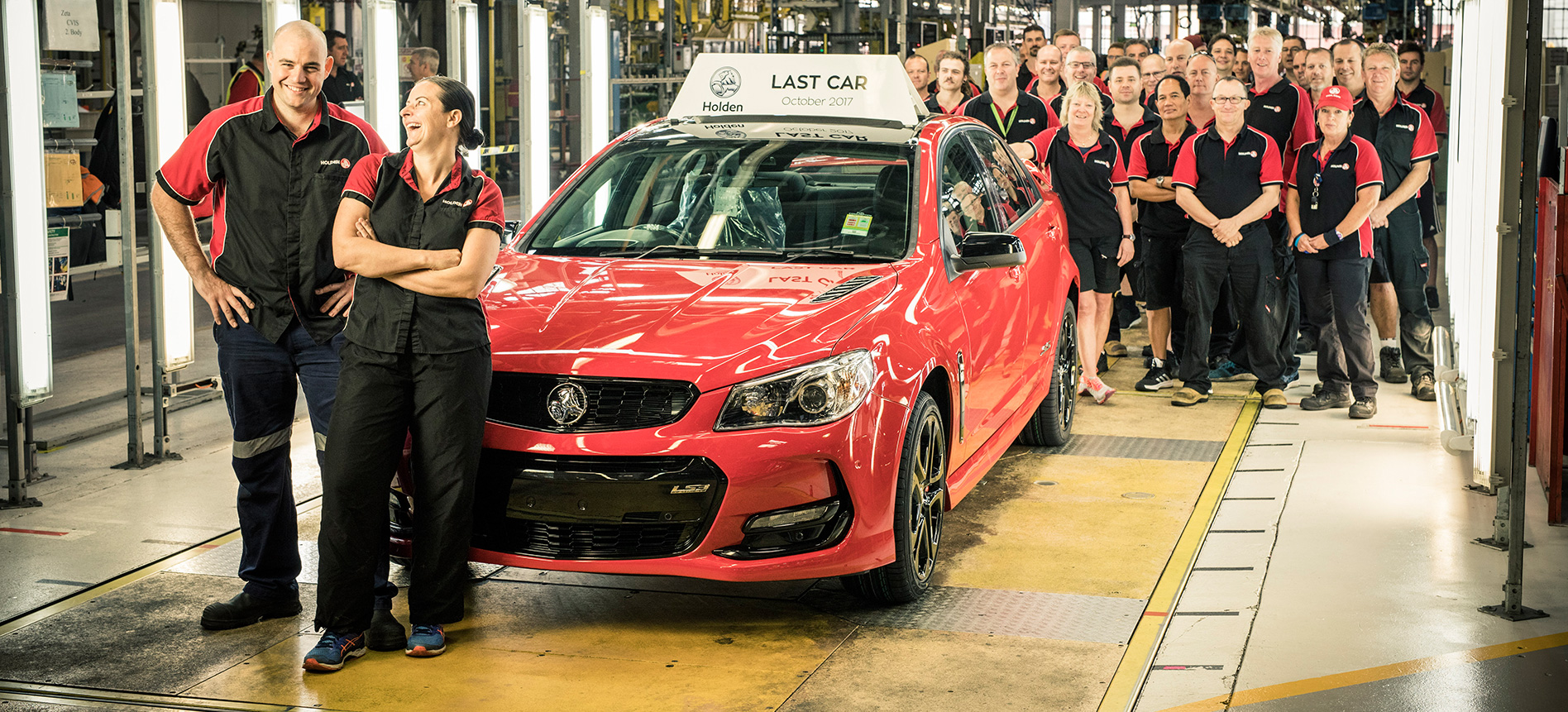
Surely, already one of the most photographed non-racing Commodores in existence, its status as Holden’s Last Car is immutable. Look at the pictures… there was a sign on the roof and everything!
Prepare to have your mind blown, though, because although the roof sign was 100 per cent accurate, the Last Car wasn’t actually the final car constructed by the 164-year-old manufacturing plant.
How can there be two final Commodores?
More specifically, it was not the last car to be ‘framed up’ and structurally completed in the body shop, it was not the last car through the paint shop, and most crucially in terms of its provenance, it was not the last car to be allocated a Vehicle Identification Number (VIN).
Former Holden employee Alex Kyriakopoulos is the proud owner of the car that made the final pass of the production line; another, almost identical Commodore SS-V Redline sedan, in the same Red Hot paint albeit with a red roof (in lieu of black) and a VIN ending in 333644 (the last allocated to any VFII).
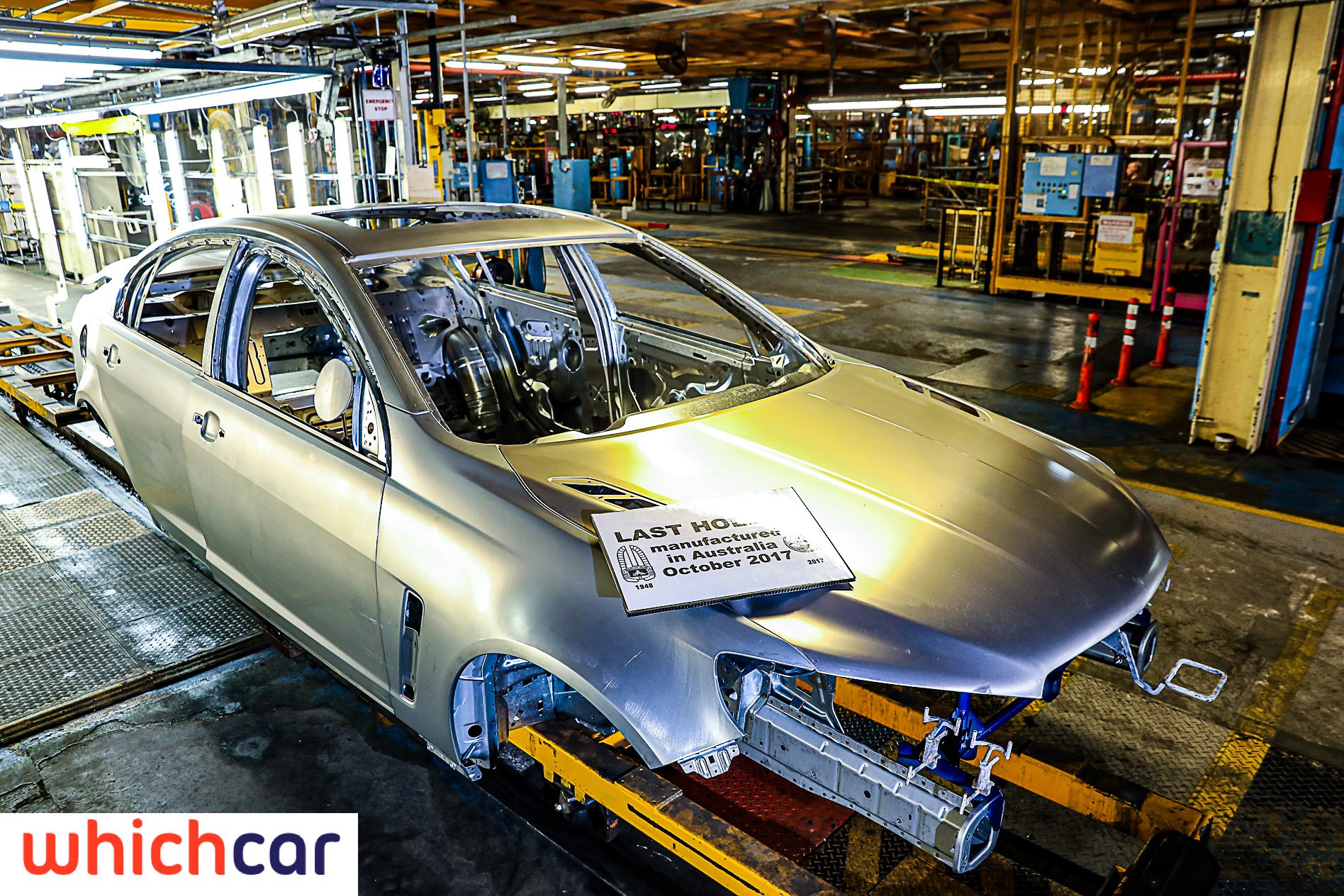
After it was pieced together and turned into a complete but empty shell, Alex waited anxiously for the body-in-white to enter the Pre-Treatment/Electrocoat Plant (PTEC).
“On the last week we were being dismissed shop-by-shop. The Body Shop closed on October 11 and we closed on October 16,” Alex tells WhichCar.
“As all our work in paint was finished for the day, we were free to go home earlier than normal, but I hung around knowing this would be the final body to ever enter the PTEC.”
Rolling slowly through the almost deserted workshops with no cars following, it certainly gave 333644’s gestation a sense of surreal occasion, even though it was not destined for an existence of celebrity and reverence.
333644 – a well-known secret
Well, not unless Alex could do something about it. “Everyone working in the paint shop with a camera or phone took a heap of pictures and videos of it, as did I, not knowing I would own the last car just days later,” says Alex.
It was in the paint shop where the media-prepped Last Car and number 333644 switched roles.
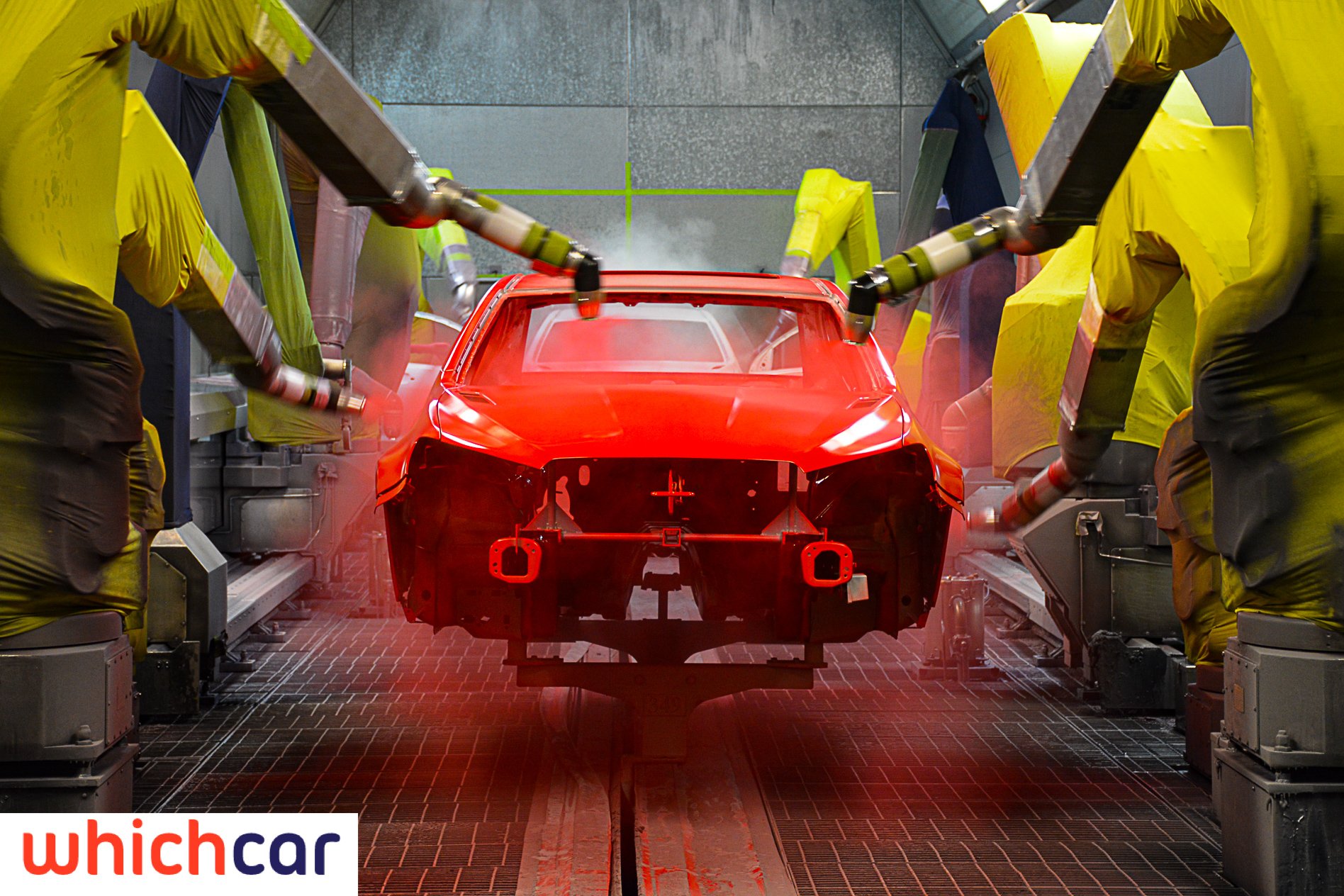
“Once painted, vehicles typically go to the Automated Storage and Retrieval System (ASRS), a multi-level indoor car park, then to E8 before heading over to General Assembly, but the Last Car 333542 was inspected closely to make sure it had zero paint defects, covered and then put aside within the Paint Shop,” explains Alex.
“I worked at Holden’s paint shop as a process engineer, solving technical problems, specialising in the pre-treatment and anti-corrosion electrocoating process,” Alex recalls, noticeably impassioned. “I was with Holden for 14 years and 14 years with Mitsubishi before that, but with degrees in both chemistry and metallurgy, this role was my favourite.”
As an aside, Alex’s contributions were vital for those who bought Commodores and Utes at the end of the production run. Just 12 months out from the scheduled close of production, Alex championed to replace 30 per cent of the Paint Shop’s electrocoating bath.
“The ute bodies were starting to come out a bit ordinary; the drop in production volumes over the course of 2016 meant that the ECOAT, a combination of resin and paste used in rustproofing, wasn’t being turned over as often,” he says.
“Sixty thousand litres of resin, 4,000 litres of the paste and the cost to discard 120,000 litres of the old stuff was going to set us back $316,000.”
That’s not chump change, given the beloved VF Commodore was circling the same drain the old ECOAT went down, but a testament to the passion within Holden, the upgrade was approved.
“It wasn’t all passion,” argues Alex. “We were cutting open test bodies and finding some had areas with unacceptable coverage in the box sections and other concealed areas. We chucked out a few ute bodies because of that and there would be more to come if we didn’t fix it. So, it was a business decision as well.”
The project was completed just ten months before the 2017 plant closure, but at least Alex could take solace in knowing that the final-run VF and WN products won’t be prematurely rusting out, including, as it would turn out, his own.
The last Commodore comes down the line
Alex retells the story of his last day at the company.
“We went to work on October 20 2017, entering the Elizabeth plant flanked by hundreds of Holden fans lining Philip Highway.” Alex says. “There was no actual production that day. The Last Cars; a Caprice, Sportswagon, Ute and the Red Hot VF SS-V were already complete.
“They conducted dynamic vehicle testing on the rollers and then drove them out through the door.”
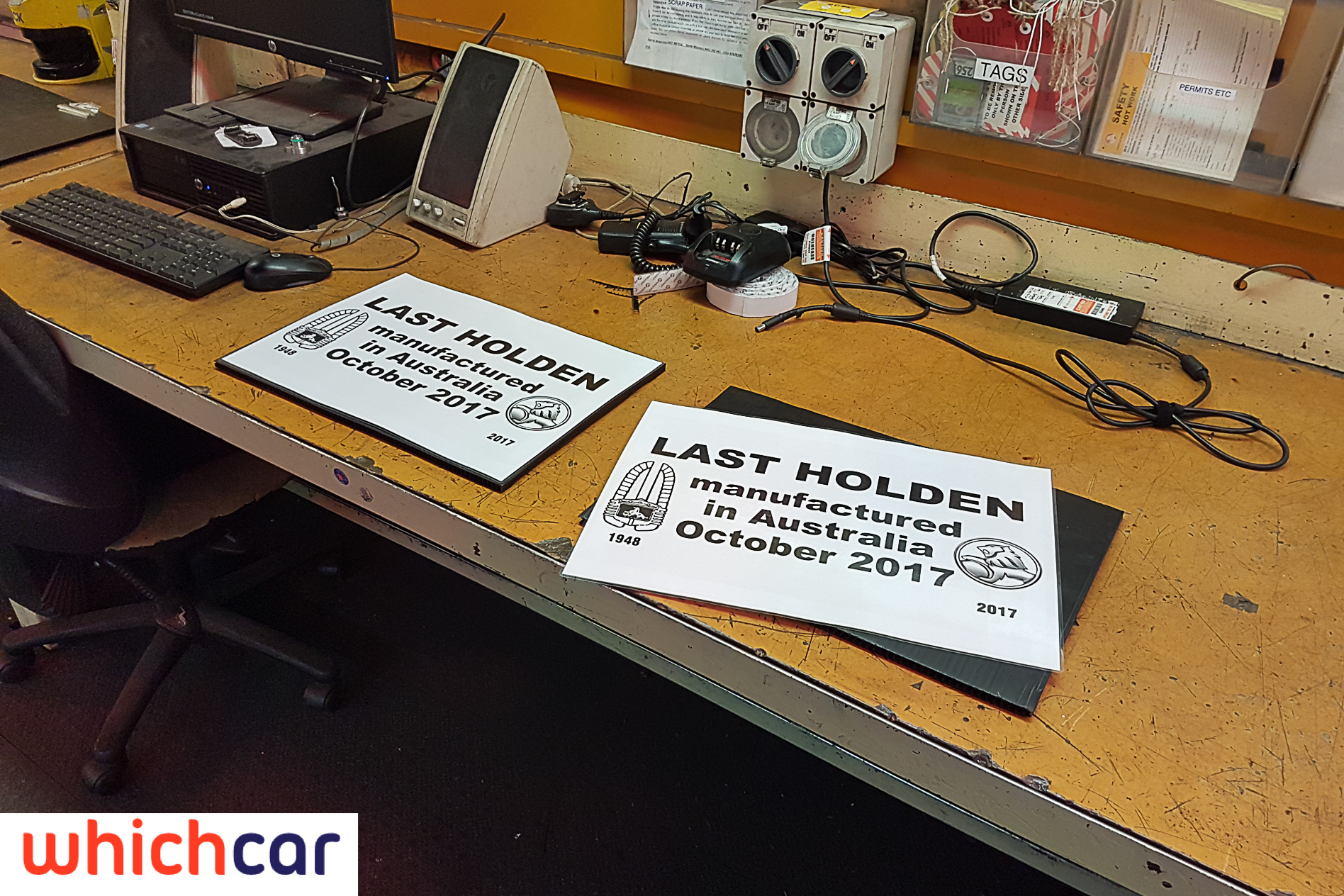
After some pomp and ceremony, the plant’s entire workforce was bussed to Adelaide Oval for a private gig with former Elizabeth boy Jimmy Barnes.
A big arvo turned into a big night for some, with Alex and plenty of colleagues kicking on at the Strathmore Hotel – and it turned into a night that may have well changed the future of last-ever Australian-made Holden.
Finding the last Australian-made Holden Commodore
“I was having drinks with some engineers from Melbourne, ‘DJ’ David McLean and Joseph Sawyer, when one of them piped up and told me that 333644 had been allocated a dealer but did not yet have a buyer,” Alex recalls.
“I made it my goal to find the dealer and save that car from obscurity.”
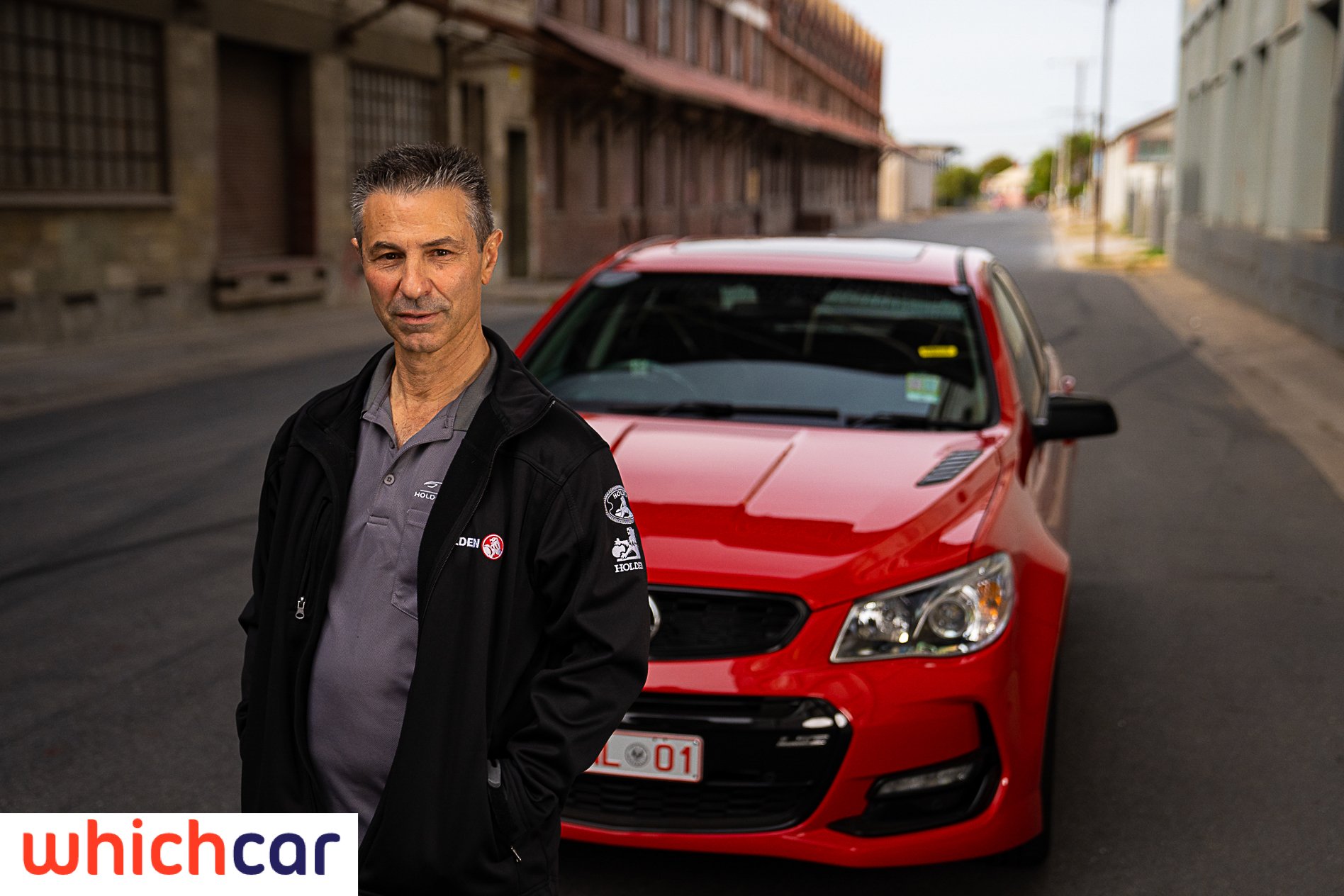
Alex Kyriakopoulos in Adelaide last month with his pride and joy
Alex’s cause was certainly noble. Imagine owning the final car ever constructed by Holden in Australia, but never knowing it? Or not knowing until it’s too late, 20 years later when it’s driven into the ground?
“It had come off the line on October 18 and I tracked it down en-route to Booran Holden in Victoria. I called them and said I’d buy it sight unseen, stating that I worked at Holden and wanted it for ‘sentimental reasons’,” says Alex, before he pauses for a second. “Which wasn’t a lie, really.”
It’s a story oft-repeated in Aussie motoring history and too many significant-build cars have been lost over the decades, but Alex wasn’t letting that happen to 333644.
“I’m sure the dealer has sold cars sight unseen by the buyer before, but it’s pretty unusual for it to be sold sight unseen by the dealer itself,” Alex laughs. “I signed the contract ‘subject to wife’s approval’.
“Jenny has been very good about this but she was outvoted. Our kids Angelique and Anthony insisted we had to have it. I’ve also got a white Reserve Edition, so Jenny missed out on a kitchen renovation for two cars that I never drive.”
Where is the final Aussie-built Holden Commodore now?
Alex’s final-body VFII SS-V Redline remains in the condition it left the factory; the dealership was requested to conduct no pre-delivery, so it retains all the factory stickers, plastic seat protector, plastic steering wheel protector and original destination label.
Alex isn’t suggesting that his car has a greater claim over the title ‘Last Car’ than the media car retained by Holden and he’s certainly not trying to rewrite recent history. But there’s no doubt that his car is a greatly important example of final-run Holdens, despite not wearing special edition badging or immortalised in ceremony.
“With my car the last to be framed up, last to be allocated a VIN and last through the paint shop, and the media car being the final vehicle to be completed and come off the line, both are the ‘Last Car’ in their own respects,” Alex says.
“Some would argue the media car holds that title, some would say it’s mine. All I know is that together, both cars are for the workers, Holden fans, car lovers and anyone interested in Australian automotive history.”
The Last Car was kept for important reasons, but it was feted for greatness the moment it was created, then treated and revered as such during the entire production process.
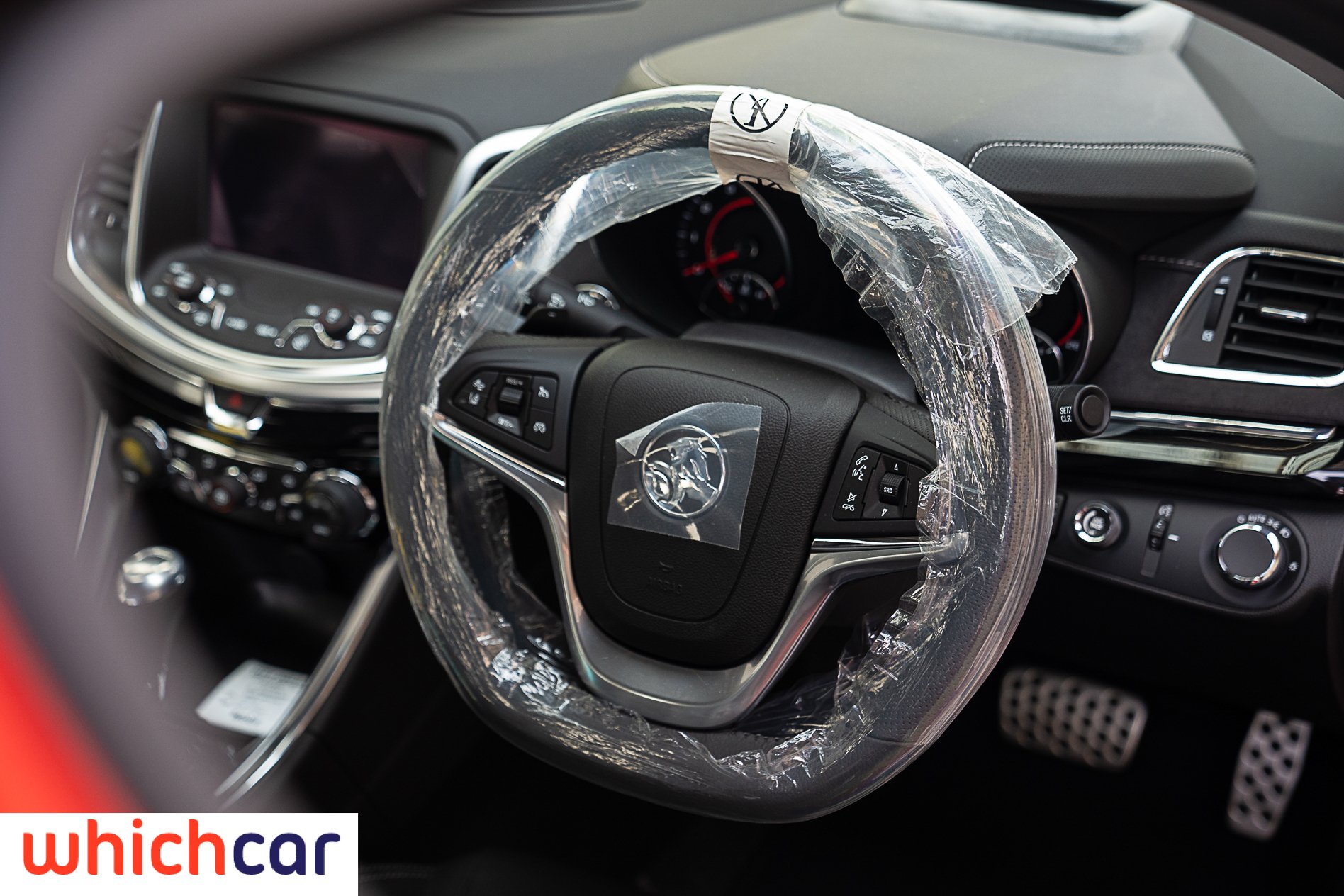
The dealership was asked not to perform any pre-delivery work, so the steering wheel and badge are still covered
VIN 333644, though, is the organic last car from a construction perspective, literally the last of the line.
“This car is for all those workers in the background who didn’t get the recognition that General Assembly got,” Alex says. “GA was always termed ‘the shiny bits’ as they got all the attention. For many Holden workers, 333644 was it – tools down, job finished.”
It could have easily disappeared into obscurity, but thanks to Alex Kyriakopoulos, it will not.
“I still pinch myself that 333644 was able to fall through the cracks, allowing me the chance to own a piece of Australian automotive history.”
A big thanks to Dave Carey, Troy Barker, Andrew Broadley and WhichCar/Street Machine for capturing this history. I would also like to acknowledge all my Holden family who provided me with the rare footage, and documentation of this car on every occasion I requested it, with special mention to Jeremy Pickering. Also, a big thanks goes out to my wife and kids for letting me fulfil this dream. – Alex Kyriakopoulos



